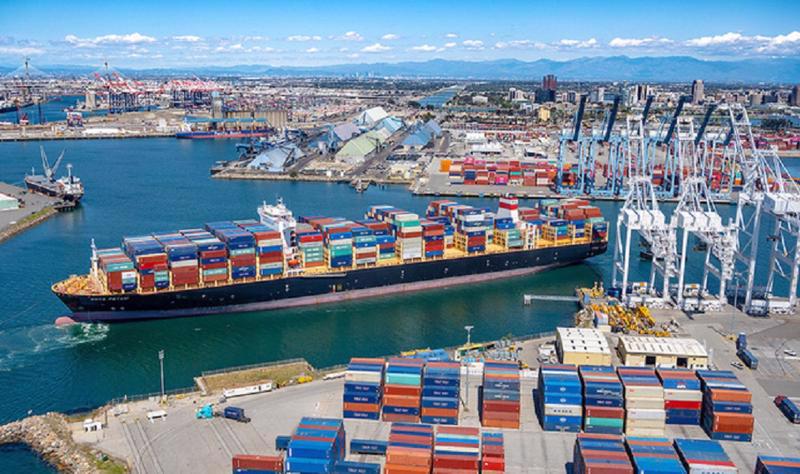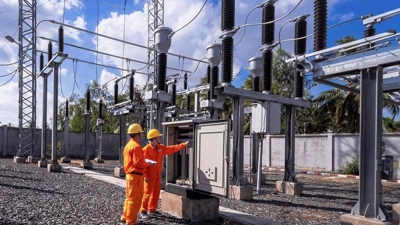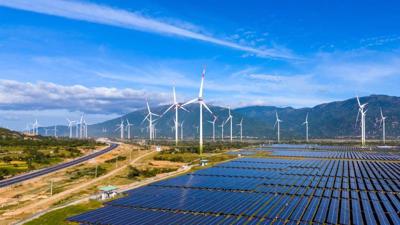Potential remains for transport services between Vietnam and Russia
The transportation of goods between Vietnam and Russia is conducted via sea, air, and rail.

Shortening transportation times, reducing logistic fees, and developing direct transport services are among the goals of transport and logistics cooperation between Vietnam and Russia.
At a recent roundtable discussing cooperation in the field of freight transport and logistics, Head of the Trade Facilitation Office under the Department of Import and Export at the Ministry of Industry and Trade, Nguyen Mai Linh, said the transport of goods between Vietnam and Russia is currently conducted via three main routes - sea, air, and rail.
However, many participants said potential remains for developing sea transport between the two countries. Dr Belov Alexey from the Far Eastern Federal District of Russia said it is necessary to study a transportation route that directly connects Vladivostock Port in the east of Russia to ports near Ho Chi Minh City and Hai Phong city instead of taking detours, as is currently the case.
Other participants said transport costs are still high and transportation times are long. Deputy Director of Trade and Business Development in Asia at FESCO Group, Priskoka Alexander Mikhailovich, said if Vietnam and Russia opened direct sea transportation routes it would help cut transportation time by 9-12 days.
In order to further develop the logistics sector, Ms. Linh said the Ministry of Industry and Trade will continue to complete policies and laws on logistics services, upgrade logistics infrastructure, improve the capacity of logistics businesses and service quality, and develop the logistics market.
The ministry will enhance cooperation in transportation and connect trade exchanges and logistics between the two countries at all levels to boost bilateral trade and exports.
It will encourage exporters and importers to increasingly exploit the international container rail route from Vietnam via China to Russia and member countries of the Eurasian Economic Union as well as multimodal transport routes, such as combining sea and rail transport between Vietnam and Russia to diversify modes of transport, optimize logistics costs, enhance the competitiveness of products, and effectively exploit the advantages in each country.
Ms. Linh said there are many opportunities for Russian businesses to exploit Vietnam’s logistics sector. According to the IMF, Vietnam is one of the five fastest-growing economies in the Asia-Pacific region. It has become the third-largest economy in ASEAN, with GDP of over $413 billion.
Its international trade activities have developed strongly, helping to boost imports and exports, expand markets, and diversify commodities. Total trade revenue increased 4.65-fold from $157.1 billion in 2010 to $730.2 billion in 2022. The country posts annual export growth of 18 per cent.


![[Interactive]: Economic overview - April 2025](https://media.vneconomy.vn/400x225/images/upload/2025/05/06/5a245778-67b1-4874-a8dc-21f8cfed62a6.png)




